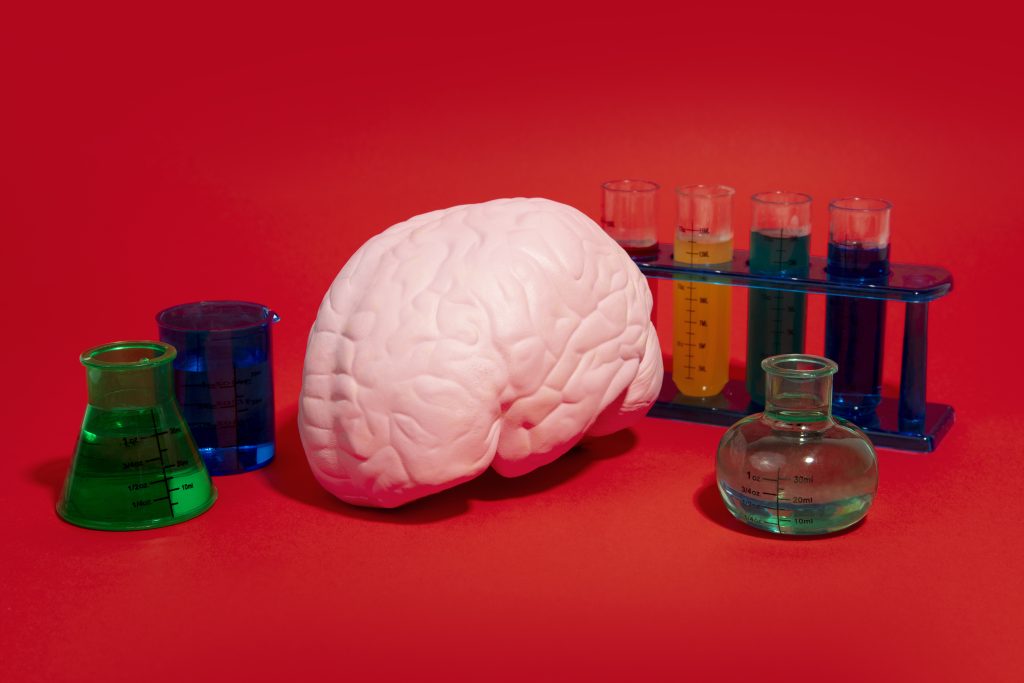For many, working in complete silence feels unsettling—too noisy, and focus collapses. That’s why understanding when your brain needs background noise is vital. This wellness trend is gaining traction in lifestyle and entertainment as people explore curated sound environments to boost cognition, reduce stress, and spark creativity. In this article, we’ll unpack the science behind noise and attention, explore current studies, and offer a practical guide to finding your ideal auditory setting.

Why Background Noise Matters
1. Boosting Creativity
Moderate ambient sound, around 70 dB, introduces just enough distraction to elevate abstract thinking. A 2012 study found such levels enhance performance on creative tasks like the Unusual Uses Task. Also, Focus Labs notes that ambient noise can prevent mental fatigue and enhance productivity.
2. Focus Gains for Some, Losses for Others
White noise can help individuals with ADHD by raising neural “noise” to optimal levels, improving memory and attention. However, in non-ADHD individuals, it may slightly hurt performance.
3. Masking Distractions for Sustained Attention
Ambient office sounds or background music can mask disruptive voices or noises. The brain’s filtering mechanisms help maintain concentration, especially when the noise is consistent.
4. ASMR and Stress Reduction
ASMR—characterized by tingling and relaxation from soft sounds—has been scientifically shown to decrease depressive moods and increase calmness, especially after exposure to triggers like whispering or tapping.
Current Trends in Sound and Wellness
-
Remote Work Sound Design
As exemplified in a 2025 Ahead article, people are optimizing home-work sounds—white noise, soft podcasts, or nature tracks—to recreate work-ready environments. -
Attention Restoration Environments
Sound environments that mimic nature—birdsong, wind—support Attention Restoration Theory (ART), helping the brain recover by reducing mental fatigue. -
Personalized Soundscapes
Guided sessions in apps like Noisli or use of ASMR tracks are growing as individuals fine-tune background audio based on their personal preference and task type.
Guide: Tailor Your Background Sound Strategy
Identify Your Needs
-
Do you struggle with silence? Comforting low hums help
-
Overly sensitive to noise? Try natural sounds or light white noise
-
Need creativity boost? Moderate ambient noise (~70 dB) works best
Choose Your Sound
-
White Noise – Uniform static; ideal for masking distractions and aiding students with ADHD.
-
Pink/Brown Noise – Softer, lower frequency; effective for relaxation and focus
-
Nature Sounds – Great for cognitively draining tasks; aligns with ART.
-
ASMR Tracks – Not for everyone, but calming for ASMR responders
Set the Right Volume
Aim for ~60‑70 dB—loud enough to mask distractions but not overpower your tasks .
Match Sound to Task
-
Routine chores: upbeat tunes or predictable ambient sound
-
Creative work: moderate ambient noise encourages abstract thinking
-
Deep concentration: soft natural sounds or low-volume white noise
-
Evening wind-down: slow-paced nature sounds or ASMR
Schedule & Monitor
-
Plan sound sessions—e.g., 25-min task blocks with Pomodoro breaks
-
Track mood, focus, productivity, stress
-
Adjust based on personal response
Case Examples
-
@RemoteWorker on Reddit switched from music playlists to soft ambient tracks and reported:
“Less flipping tracks, better concentration”.
-
Flinders University News (2025) highlights that background noise significantly benefits students with ADHD, helping them focus better.
Potential Pitfalls & How to Avoid Them
-
Poor sound choice: Loud or lyrical music can hinder performance.
-
Overreliance: Use sound as a tool—not a crutch
-
Ignoring feedback: If anxiety or headaches occur, try silence or different sound
Conclusion
Knowing when your brain needs background noise empowers you to design better workspaces, reduce stress, and enhance creativity. Whether you lean on white noise, nature sounds, or ASMR, crafting sound intentionally can transform your focus and mental well-being. Experiment with quiet and noise, track how you feel, and refine the mix that unlocks your best.
References
- Focus Labs – Ambient noise and its surprising benefits https://medium.com
- Soundproof Cow – How sounds & background noise help you stay focused at work https://www.soundproofcow.com
- Wikipedia – White noise https://en.wikipedia.org









